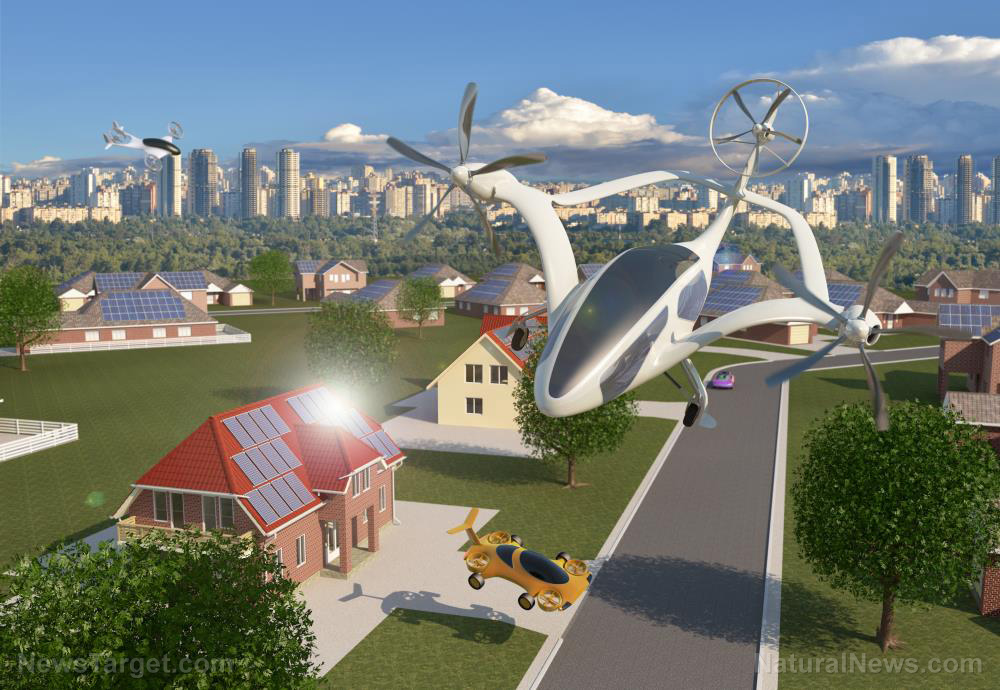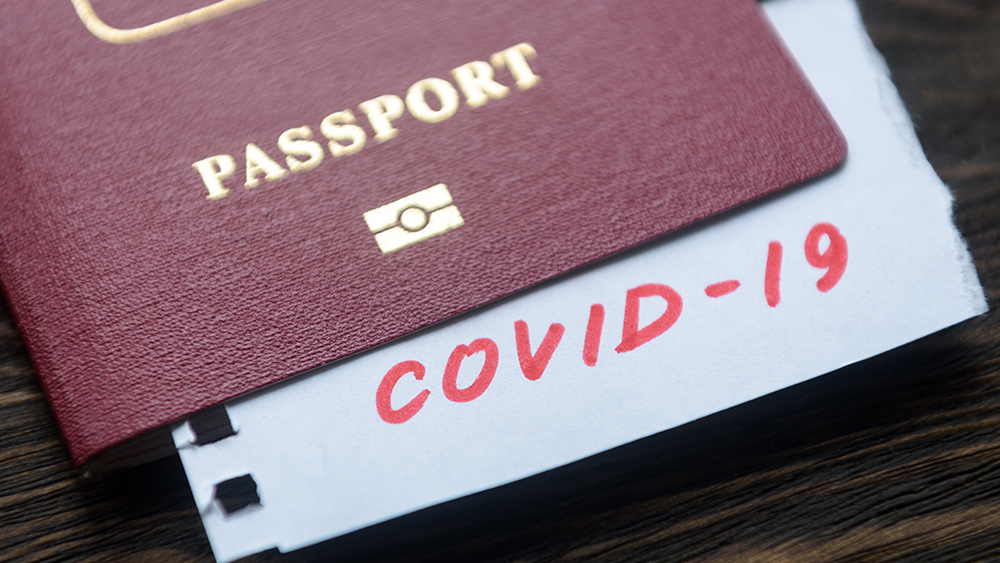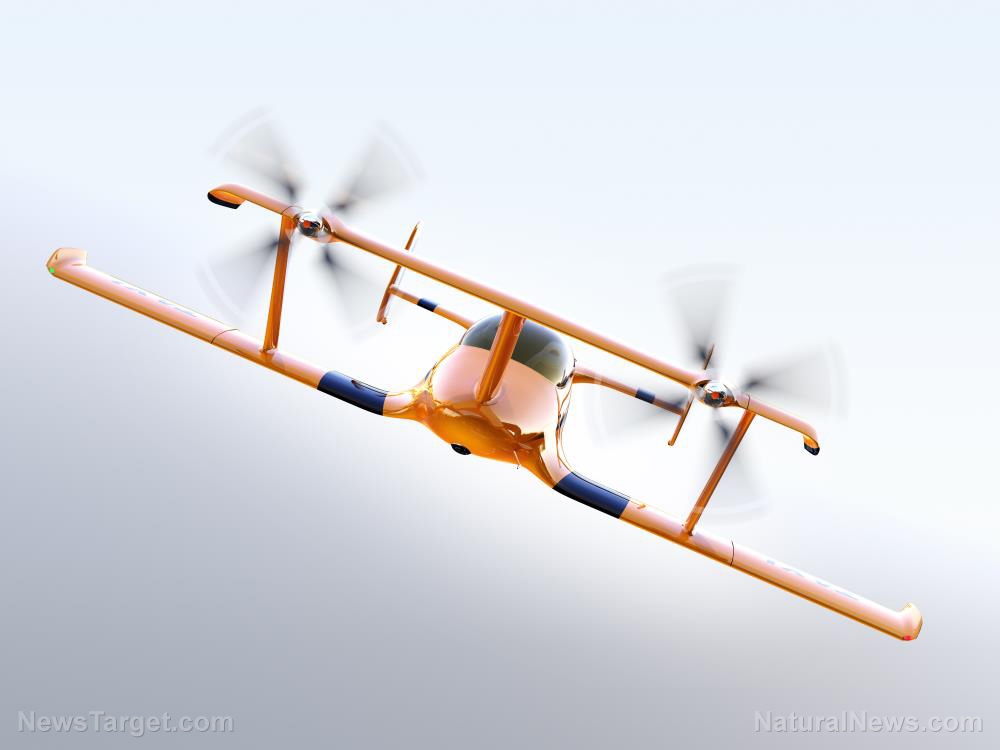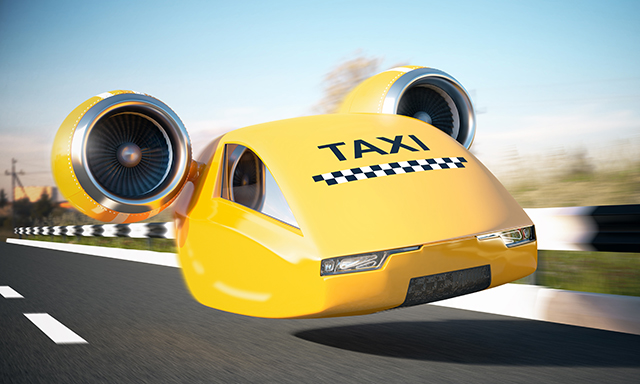
Vice President Steve Nordlund explained that Boeing was not going to roll out a self-piloted jumbo jet anytime soon. However, the company planned to increase the level of automation in the cockpit so that each aircraft would require fewer crew aboard it.
Nordlund added that cargo planes could be the first to test the improved autopilot technology. If the system proves to be reliable and safe, it could eventually be installed on airliners as well.
Boeing is hoping that the autonomous technology can make up for the severe lack of qualified pilots. Experts have warned that the industry will need hundreds of thousands of new pilots to fill in the ranks.
Aircraft have gotten more automated over the years. Autopilot systems see use throughout the entire flight. Despite this, both passengers and regulators may prefer to have two humans in the cockpit rather than just one person and the autopilot. (Related: Electric planes make debut at Fresno’s Chandler Airport.)
The serious matter of commercial aircraft with just one pilot
In March 2015, an unassisted Germanwings pilot crashed his Airbus passenger plane into the French Alps. All 150 souls aboard the aircraft perished.
After this disaster, the European Aviation Safety Agency (EASA) ordered that two crew members should stay in the cockpit throughout the flight. It eventually retracted the ruling in 2017 and left the decision to the airlines.
One famous name who is against the idea of single-pilot commercial aircraft is Sully Sullenberger, the former U.S. Airways pilot who saved the lives of everyone aboard his plane by executing a picture perfect water landing on the Hudson River back in 2009. He spoke against the FAA's plan to develop such aircraft, stressing that two professional pilots backing each other up ensured the safety of air travel.
Nordlund insists that the deployment of single-pilot aircraft will depend on airlines. If passengers demonstrate discomfort with the idea of boarding autonomous planes, then the company would wait for them to warm up to robot planes. The same reluctance does not apply to cargo aircraft that do not carry passengers.
Boeing is developing hypersonic jets and flying taxis
In the meantime, Boeing is designing a hypersonic airliner. The concept aircraft is expected to operate at three times the altitude of current passenger planes. With a top speed of 3,900 miles per hour, it travels more than five times as fast as older, subsonic aircraft.
At those speeds, a flight from London to New York would only take two hours. A round trip from New York to Tokyo could be completed in the same day.
Nordlund adds that Boeing intends to make the high-speed flight as comfortable to the passengers as possible. Traveling at such high speeds would be very tough on the body.
The company is also looking into special materials that can resist the heat and stress caused by flying at such high speeds. These will go into the body of the hypersonic aircraft
At the same time, Boeing is planning a fleet of air taxis that will quickly bring passengers to their destinations in highly-urbanized areas. These flying cars will either be piloted by humans or fly on their own, guided by both radar and artificial intelligence. Boeing has partnered with Uber for this project.
Find out what other vehicles are getting autopilots at Robotics.news.
Sources include:
Please contact us for more information.























